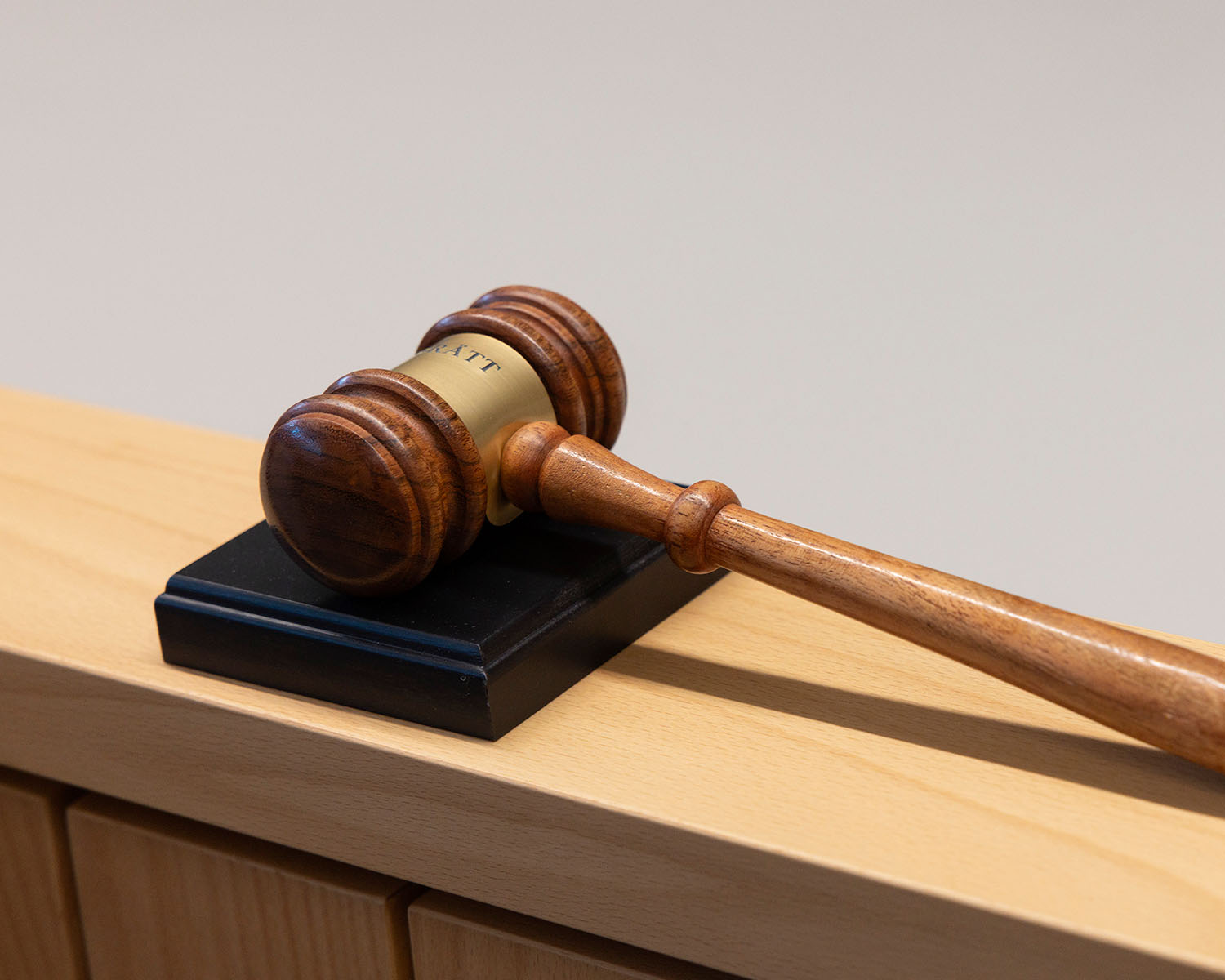From crime to sentence
In the Swedish judicial system, a prosecutor is involved in the whole process from a person being deprived of their liberty to a verdict being given. Click on the headlines to read more about each step in the process.

Starting an investigation
If you are a victim of or witness to a crime, you can report it to the police. Once the police have received your report, a decision will be made by either the police or the prosecutor on whether or not to initiate an investigation.
Coercive measures
Coercive measures are any action that imposes some form of constraint on a suspect, such as apprehending someone. The purpose of such measures is to allow the police and prosecutor to investigate or gather evidence that a crime has been committed or planned. Coercive measures may also be imposed once a criminal investigation is completed, so that a trial can be conducted.
Prosecute or discontinue
Once the investigation has been completed, the prosecutor must decide whether or not to file a prosecution. If the prosecutor decides on objective grounds that there is sufficient evidence that the suspect has committed the crime in question, the prosecutor is duty-bound to prosecute. Before doing so, the prosecutor must be able to foresee a conviction.
Trial
The prosecutor is one of the parties to a trial. There are no juries in Swedish courts.
Sanctions and sentences
In most cases, the court decides on penalties. In certain cases, the prosecutor may also decide on prohibitions and penalties.
